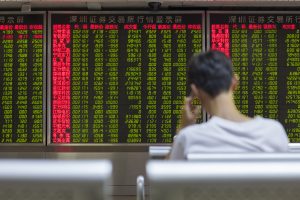The S&P Has Never Before Been This Expensive: The ‘Peak PEG’ Ratio
The comments above & below is an edited and abridged synopsis of an article by Fasanaro Capital
The Peak PEG ratio is a price to peak-earnings multiple, adjusted for long-run trend growth. It considers the highest (rather than average) earnings over the  previous 10 years and then divides for growth potential. When measured against potential growth, even on its highest earnings, the S&P has never before been this expensive. It is 60% above its historical average fair value.
previous 10 years and then divides for growth potential. When measured against potential growth, even on its highest earnings, the S&P has never before been this expensive. It is 60% above its historical average fair value.
On Peak PEG metrics, US markets may never have been as expensive as they are today. The only metric left, where they look less expensive, is when compared to bonds: government bonds, corporate bonds, and now also junk bonds. But bonds themselves are in a bubble, after $14 trillion of them got soaked up the last 10 years by major central banks globally, which now own over 30% of the total outstanding. Only the bond bubble can justify equity multiples, which is to say that only the bond bubble can justify the equity bubble. Meta markets, where bubbles justify one another. Equities valuations are not as insane as bond valuations, but that does not make them cheap.
